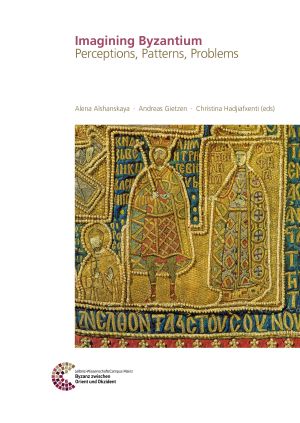
How to Cite
License

This work is licensed under a Creative Commons Attribution-ShareAlike 4.0 International License.
Published
Downloads
Imagining Byzantium
Perceptions, Patterns, Problems
Byzantium the other. Byzantium the pompous. Byzantium the eternal. The mere existence of this empire with his rich history and otherness from western European traditions spurred the minds of scholars, noblemen, politicians and ordinary people throughout its survival and long beyond its final downfall in 1453. Neglecting its great political and cultural influence on neighbouring countries and beyond, Enlightenment writers stripped Byzantium of its original historical reality and thus created a model, which could be utilised in very different constructs, stretching from positive to absolutely negative connotations. With the rise of new nationalisms, primarily in Eastern and Southeastern Europe, and the associated politically inspired historical (re)constructions in the 19th and 20th century, the reception of Byzantium gained new facets, its perception reached into new dimensions. In this volume, we would like to shed some light on these patterns and the problems they entail, and show the different ways in which »Byzantium« was used as an argument in nation-building and in constructing new historiographical narratives, and how its legacy endured in ecclesiastical historiography.






